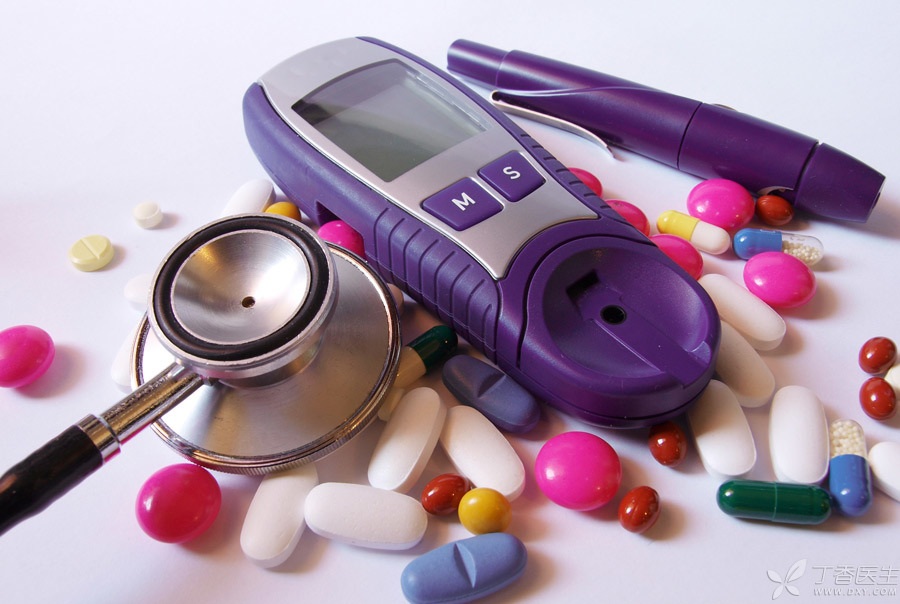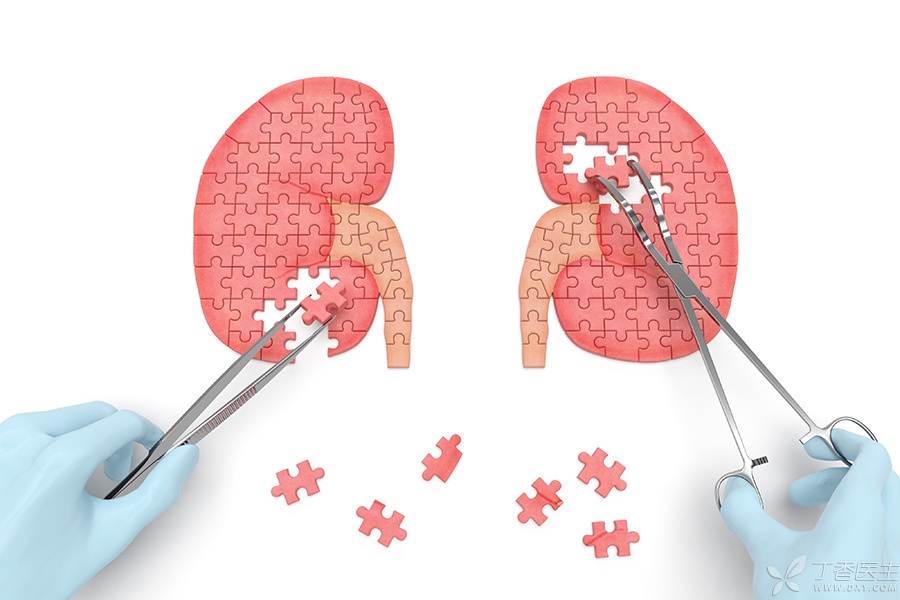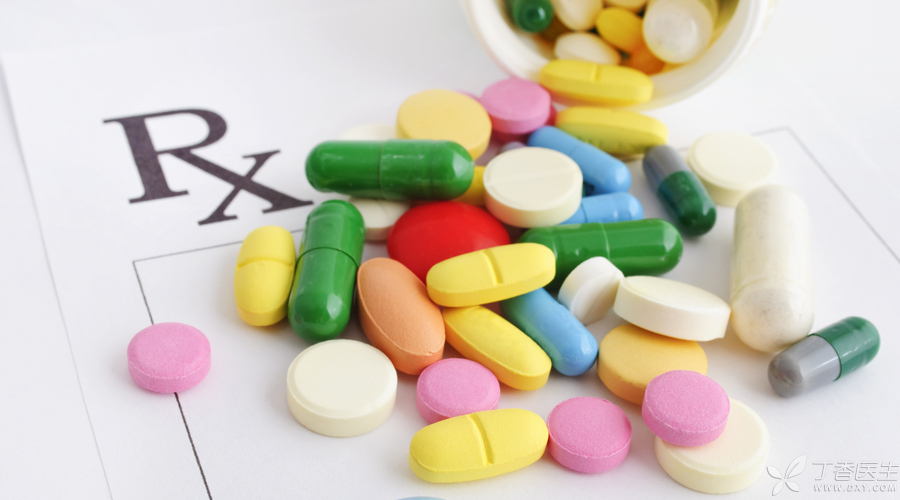
Seeing this topic, people may feel strange: Can kidneys also help reduce blood sugar?
Indeed, most oral hypoglycemic drugs focus on insulin, either promoting insulin secretion or enhancing insulin sensitivity. Or, deal with the digestive system responsible for sugar absorption and metabolism, and act on gastrointestinal tract, liver, etc.
A urinating organ, kidney, is actually related to hypoglycemia?
This is about to mention our main character today, the hypoglycemic drug SGLT-2 inhibitor.
[Qiao Daughter-in-Law] Kidney Helps Stabilize Blood
To say this hypoglycemic drug, we first need to know what the kidney is doing every day.
Some people may say: This is not simple, it is to produce urine!
The answer is right, but we can’t underestimate the matter of [producing urine]. The kidney is a [skillful daughter-in-law] and does a meticulous job: only throwing away waste, not discarding essence. To do this, the kidney needs to carry out meticulous sorting work.
At the beginning of urine formation, when blood flows through the kidney, wastes metabolized by the human body and some nutrients that can be reused enter the urine indiscriminately.
The [skillful daughter-in-law] of the kidney saw that this was not possible. Why did some glucose, sodium and amino acids also run into the urine? Waste!
As a result, the kidney also began sorting and recycling: most of the water, sodium, etc., as well as all glucose and amino acids, were reabsorbed back into the blood, and the remaining dross was further processed to finally form urine and discharged out of the body.
Under normal circumstances, although nearly 160-180 grams of glucose enter the forming urine every day through the kidney, almost all of these glucose are reabsorbed, which is the inherent ability of the kidney and one of the conditions for blood sugar to stabilize within the normal range.

Where does the urine sugar of diabetics come from?
See here, may have some sugar friends have doubts:
Is all the sugar absorbed? Didn’t you say there was sugar in the urine of diabetics?
Yes, what we just said is [normal situation]. When the blood sugar of diabetics is high to a certain extent, there is sugar in urine.
In the kidney, this [skillful daughter-in-law], he brought many [accompanying maids] to help the kidney carry out recycling and sorting work.
The division of labor of these [dowry maids] is different. It is very important to have a [dowry maid] who is responsible for recovering glucose. It is called [sodium-glucose co-transporter-2], English abbreviation SGLT-2. It works very hard, and 90% of glucose is recovered from urine to blood by it.
Usually, when the blood sugar reaches 10 mmol/L, no matter how hard SGLT-2 works, there is still some glucose that cannot be reabsorbed, so it will leak out into urine, which leads to urine sugar.
Moreover, the higher the blood sugar, the more urine sugar, which is reflected in everyone’s physical examination list, that is, the more plus signs or the higher the content number of urine sugar.
SGLT-2 Inhibitor, [Jianzoubianfeng] Helps Hypoglycemic
For diabetics, as blood sugar gets higher and higher, urine sugar also increases.
Our [smart daughter-in-law] kidney can’t sit still either: how wasteful it would be to excrete glucose with urine like this!
Therefore, it decided to cultivate more [accompanying maids] to recover glucose, increase the number of SGLT-2 and improve the overall ability to recover glucose.
However, the kidney did something bad with good intentions. If more glucose is recovered, the blood sugar will be high, and the persistent hyperglycemia, in turn, will further increase glucose reabsorption and fall into a vicious circle.
According to this characteristic, people have developed drugs that can inhibit the effect of SGLT-2, called [SGLT-2 inhibitor].
Under the action of [SGLT-2 inhibitor], the reabsorption of glucose by the kidney is reduced, and more glucose can be excreted from urine, thus blood sugar is reduced.
This process can be understood by water storage reservoir. If the kidney is regarded as a reservoir, the blood sugar level is compared to the water quantity of the reservoir, while SGLT-2 in the kidney is the dam of the reservoir, which can adjust the blood sugar level, that is, the water quantity of the reservoir.
Under the action of SGLT-2, the dam gate of the blood sugar reservoir in our body is originally closed, and the glucose in our body generally does not leak out of the body through the kidney. Moreover, for diabetics, the kidney has been increasing the body’s ability to recover glucose, which is equivalent to building the dam higher and higher. In this case, the blood sugar level is getting higher and higher.
With [SGLT-2 inhibitor], the working ability of SGLT-2 decreases, just like opening the flood gate of the reservoir. Glucose in blood can be discharged out of the body through urine, and the blood sugar level naturally decreases.

Open the gate to release sugar!
There are mainly three kinds of SGLT-2 inhibitors currently on the market: daglide, englide and kanglide.
At present, they are only used for adult type 2 diabetes, and are not used for children, adolescents, pregnant women and lactating women for the time being. The hypoglycemic effect is equivalent to metformin, and can be used alone or in combination with other oral hypoglycemic drugs and insulin, and does not cause hypoglycemia when used alone.
For the application of this kind of drug, generally starts from a small dose, and then adjusts the dose according to the disease condition. It is also convenient to use and only needs to be taken orally once a day. The difference is that daglijing and englijing can be taken before or after meals, while kanglijing can be taken orally before the first meal.
Besides lowering blood sugar, there are many benefits.
Like most other oral hypoglycemic drugs, besides lowering blood sugar, daglidine, englidine and candlidine have other benefits, including:
- Protect islet cell function and reduce body weight; Lower blood pressure and uric acid levels; When combined with insulin, reduce the daily dosage of insulin; Reduce urinary protein excretion and protect kidney; Correcting hyperlipidemia; Reduce the risk of cardiovascular diseases.

Four points must be done well for safe use.
SGLT-2 inhibitors can also have side effects, but don’t worry. Use them under the guidance of doctors and observe them closely to avoid side effects as much as possible. Sugar lovers must do the following three things well:
1. Pay attention to the presence or absence of urethral and reproductive tract infection
SGLT-2 inhibitors promote the excretion of large amounts of glucose from urine and increase the local glucose concentration in urethra and genitals. This provides a hotbed for the reproduction of bacteria and mold, which is easy to cause urethral and reproductive tract infection.
- Urethral infection will cause frequent urination, urgency of urination, pain in urination, burning sensation of urethra, lumbago and even fever. When genital tract infection occurs, women show vulvar pruritus, erosion, leucorrhea, etc., while men show prepuce, glans penis flushing, pruritus, burning sensation, or papules.
Moreover, urethral and reproductive tract infections may also occur at the same time. In the first month of medication, be sure to observe whether you have the above infection. Once urinary symptoms occur, you should seek medical treatment immediately.
Sugar friends who are infected and need treatment, it is best to suspend SGLT-2 inhibitor and switch to other hypoglycemic drugs under the guidance of doctors. After the infection is cured, it can continue to be used. At ordinary times, it is appropriate to pay attention to personal vulva hygiene, drink appropriate amount of water, keep urine unobstructed and reduce the occurrence of infection.
2. Beware of diabetic ketosis or ketoacidosis
It has been found that some patients have developed diabetic ketosis or ketoacidosis after applying SGLT-2 inhibitor.
In fact, this kind of situation is very rare, and its occurrence is not necessarily due to SGLT-2 inhibitor. Generally, there are other inducements, such as intense physical activity, surgery, acute myocardial infarction, cerebral infarction, long-term fasting, excessive drinking, unauthorized withdrawal or reduction of insulin, etc.
Therefore, sugar lovers taking SGLT-2 inhibitor should avoid the above-mentioned inducements. If there are related inducements, please stop using SGLT-2 inhibitor under the guidance of doctors and adopt other appropriate hypoglycemic measures.
It should be reminded that the blood sugar when diabetic ketosis or ketoacidosis occurs when SGLT-2 inhibitor is used is usually not more than 13.9 mmol/L, so even if the blood sugar is not high, if you have symptoms of diabetic ketosis and ketoacidosis such as abdominal pain, nausea, vomiting, fatigue and dyspnea, please see a doctor as soon as possible.
3. Monitor liver and kidney function
SGLT-2 inhibitor does not harm liver and kidney, and can also be used in mild to moderate liver and kidney insufficiency.
Before starting treatment, it is best to detect liver and kidney function to confirm whether SGLT-2 inhibitor can be used. During treatment, renal function is monitored at least once a year.
Step 4 Monitor Blood Glucose
Although SGLT-2 inhibitor does not increase the risk of hypoglycemia when used alone or in combination with most oral hypoglycemic drugs, it increases the risk of hypoglycemia when used in combination with insulin or sulfonylurea drugs (such as gliclazide, glimepiride, etc.).
At this time, more attention should be paid to monitoring blood sugar so as to adjust the dosage in time.
Although SGLT-2 inhibitors have not yet been listed in China, relevant expert opinions on clinical application have been released. I believe that in the near future, domestic diabetics can also benefit from such hypoglycemic drugs. Dr. Clove will also continue to pay attention and will inform everyone in time if there are new trends.
